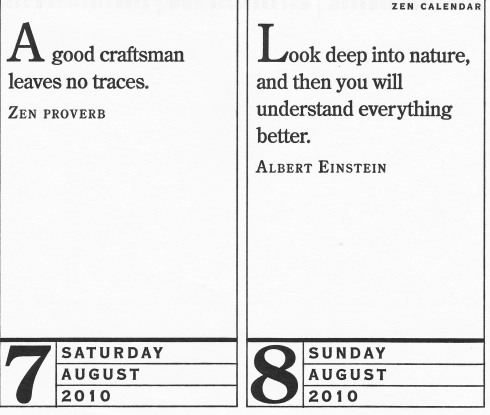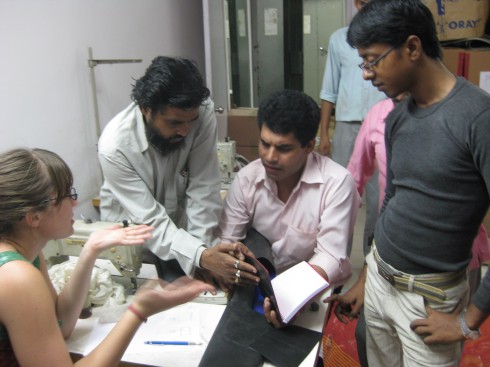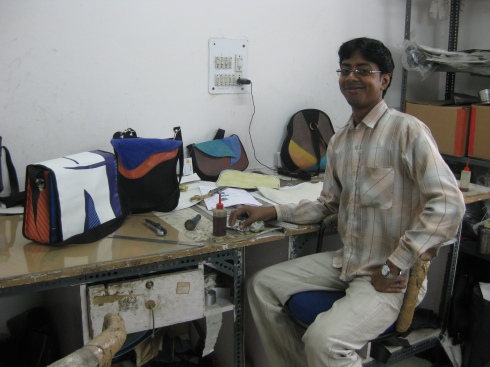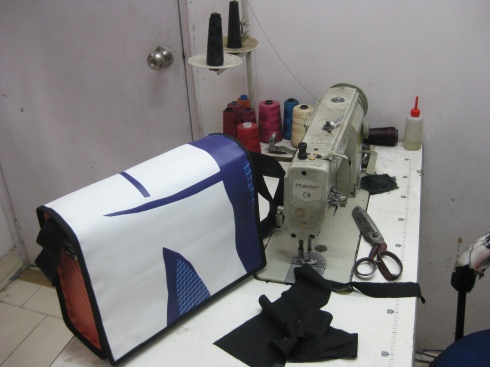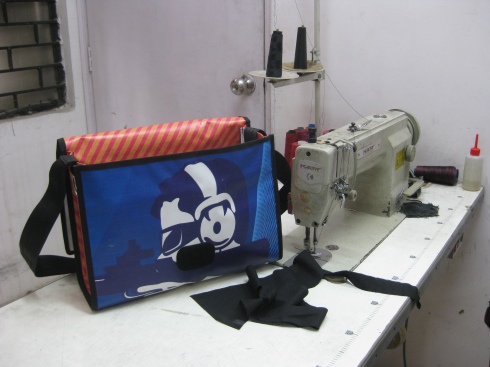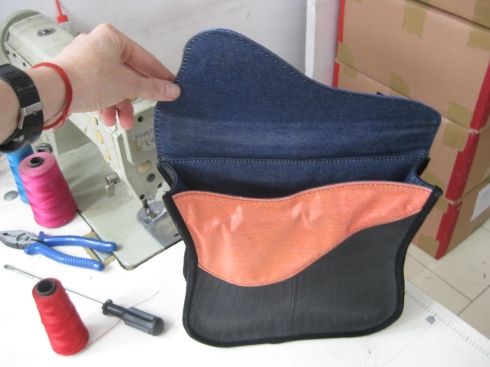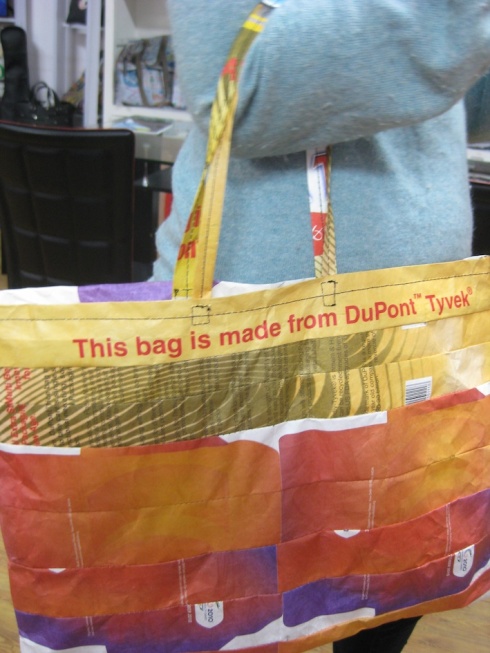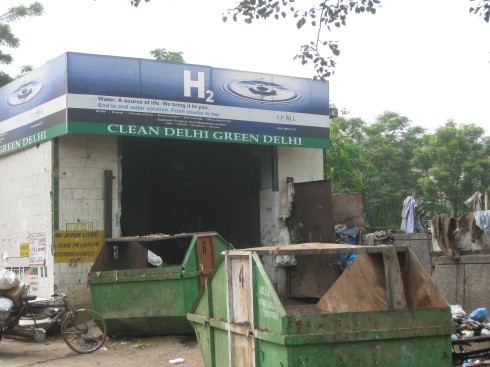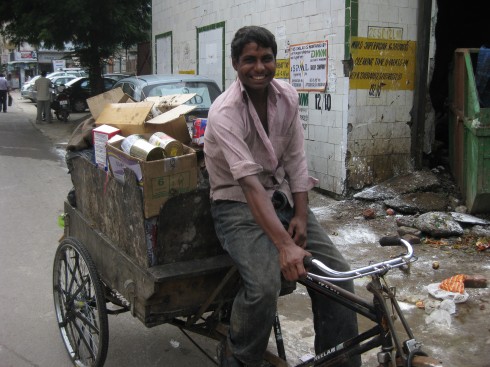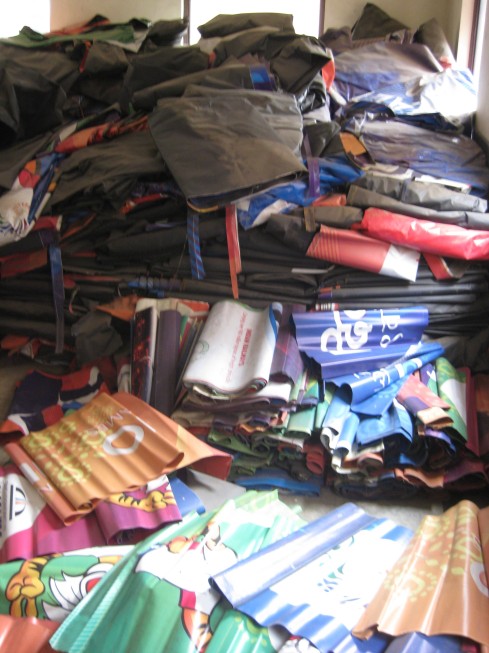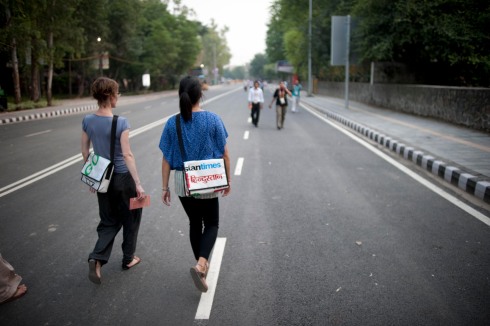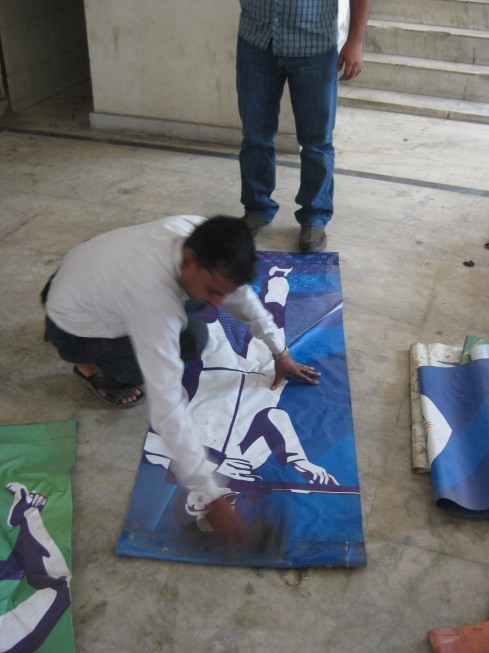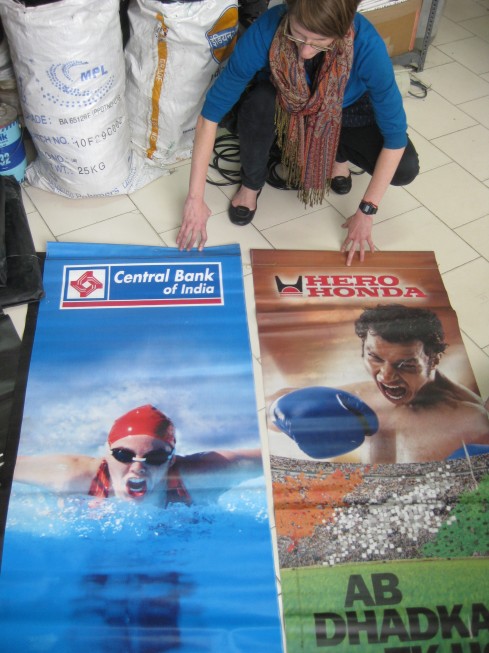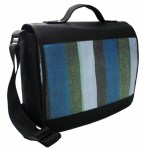I love this quote. It’s an ancient Greek version of ‘what goes up, must come down’.
Herakleitos, the weeping philosopher, argued our only permanent reality is that of change. (How’s that for irony?)
He viewed the world order as ‘ever-living fire, kindling in measures and being extinguished in measures’.
Over 2000 years later, I’m thinking he was onto something. Yep, just looked around me – change seems to be going on quite a bit. Tick.
But I keep wondering how? How does change, especially big change, happen?
In mid-2010 I was introduced to the Berkana Institute and emergence thinking by two insightful facilitators – Chris Corrigan and Geoff Brown.
The concept of emergence provides an elegant framework for contemplating change. As Wheatley and Frieze put it in their 2006 article, Lifecycle of Emergence:
In nature, change never happens as a result of top-down, pre-conceived strategic plans, or from the mandate of any single individual or boss. Change begins as local actions spring up simultaneously in many different areas. If these changes remain disconnected, nothing happens beyond each locale. However, when they become connected, local actions can emerge as a powerful system with influence at a more global or comprehensive level. (Global here means a larger scale, not necessarily the entire planet.)
These powerful emergent phenomena appear suddenly and surprisingly. Think about how the Berlin Wall suddenly came down, how the Soviet Union ended, how corporate power quickly came to dominate globally. In each case, there were many local actions and decisions, most of which were invisible and unknown to each other, and none of which was powerful enough by itself to create change. But when these local changes coalesced, new power emerged…
To me, the guts of the theory is that we can learn how to work with emergence by understanding living systems – how they ‘begin as networks, shift to intentional communities of practice, and evolve into powerful new systems capable of global influence.’
Based on this understanding, Wheatley and Frieze argue we can encourage positive influential systems to emerge through a four stage approach: naming, connecting, nourishing and illuminating.

Lifecycle of Emergence diagram courtesy http://www.berkana.org
I thoroughly recommend reading the full article to understand these approaches better. It’s quite short and, if you’re anything like me, it will chime inside your head for some time to come.
But how does this thinking relate to our project? Well, it helped clarify how we thought change might come about because of what we were proposing to do.
Basically, by creating an upcycling partnership between Conserve India and like-minded supporters within the Delhi 2010 Commonwealth Games organising system we hoped to:
- connect these pioneers and positively change how major sporting events are delivered by proving new, valuable products can be made with event waste materials
- nourish Conserve India with new contacts and knowledge about how to work with major events. We wanted to discover useful product materials; to make and sell new products and generate new income streams, leading to more benefits for Conserve’s staff and the communities this social enterprise supports
- illuminate the pioneering work of Conserve India, and other upcyclers, by capturing some of the vast media platform dominated by these major events. We wanted to tell the project story in as many ways possible, and through as many channels as we could, to see if we could find new supporters who would buy the products we created.
We wanted to cast a few small droplets into the river of change we can feel is fast emerging…
To see our original full project plan, otherwise known as ‘Our Best Guess At The Time’, click on our program logic diagram below.
So how did we go?
Tune in tomorrow, dear readers, and I’ll show you…


